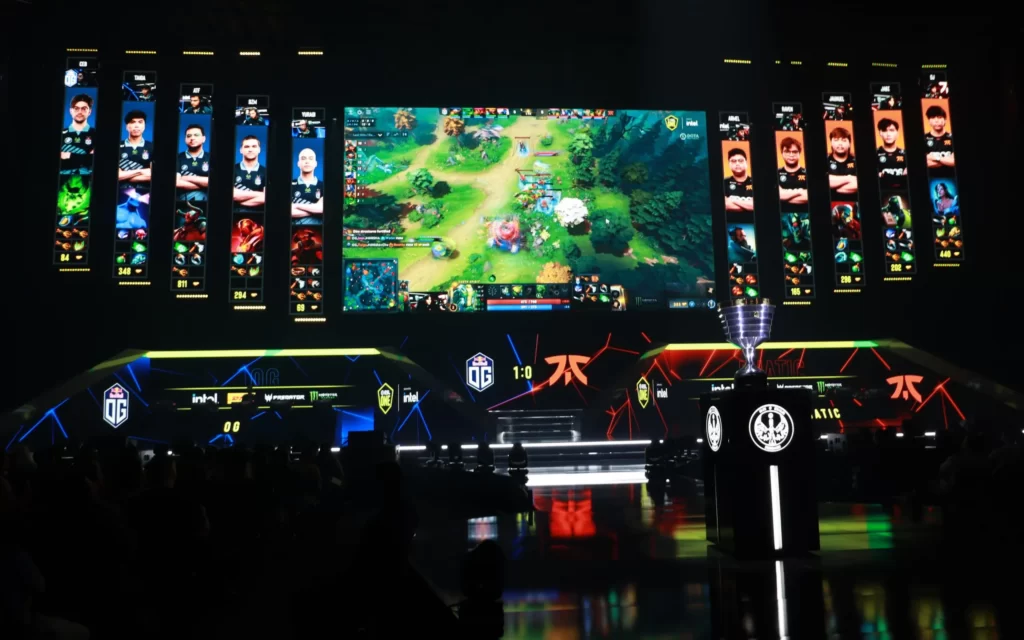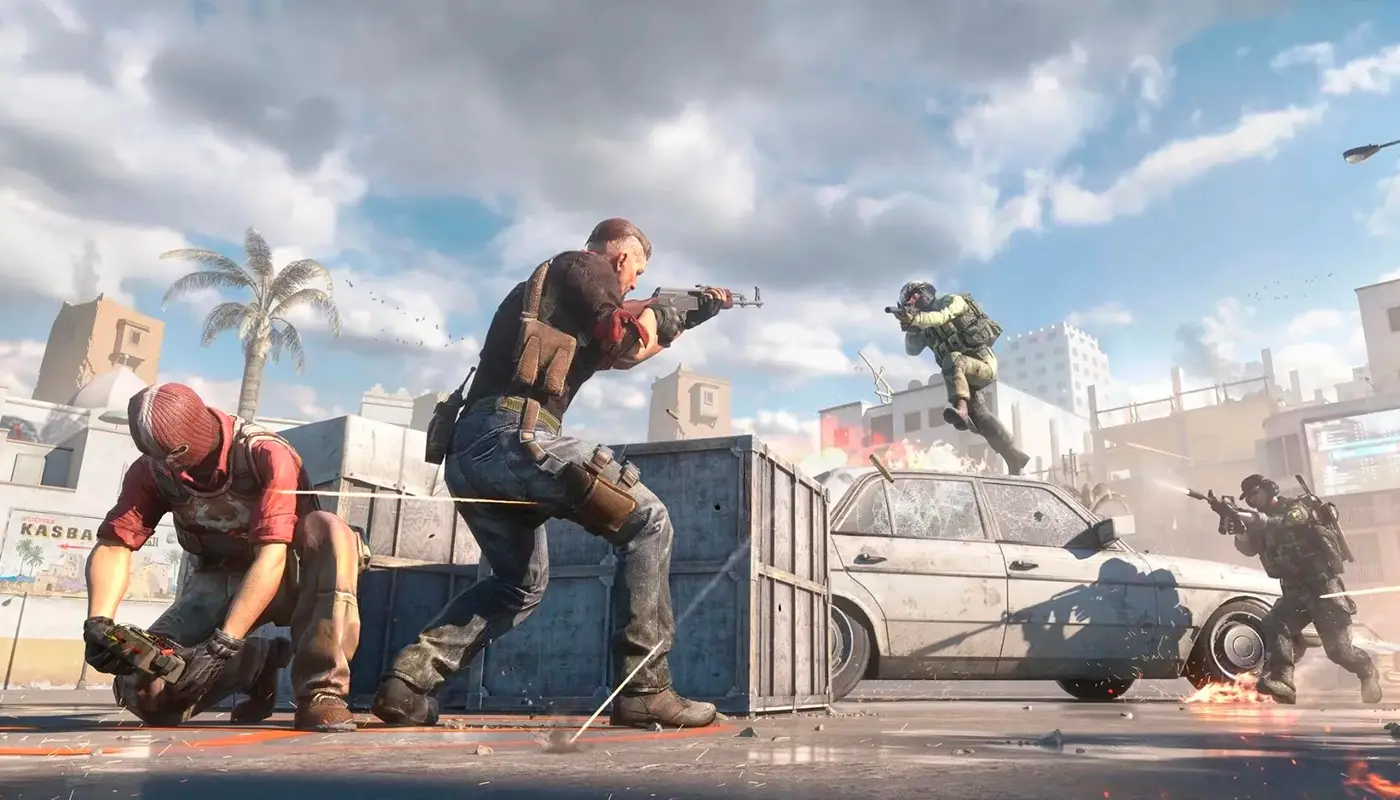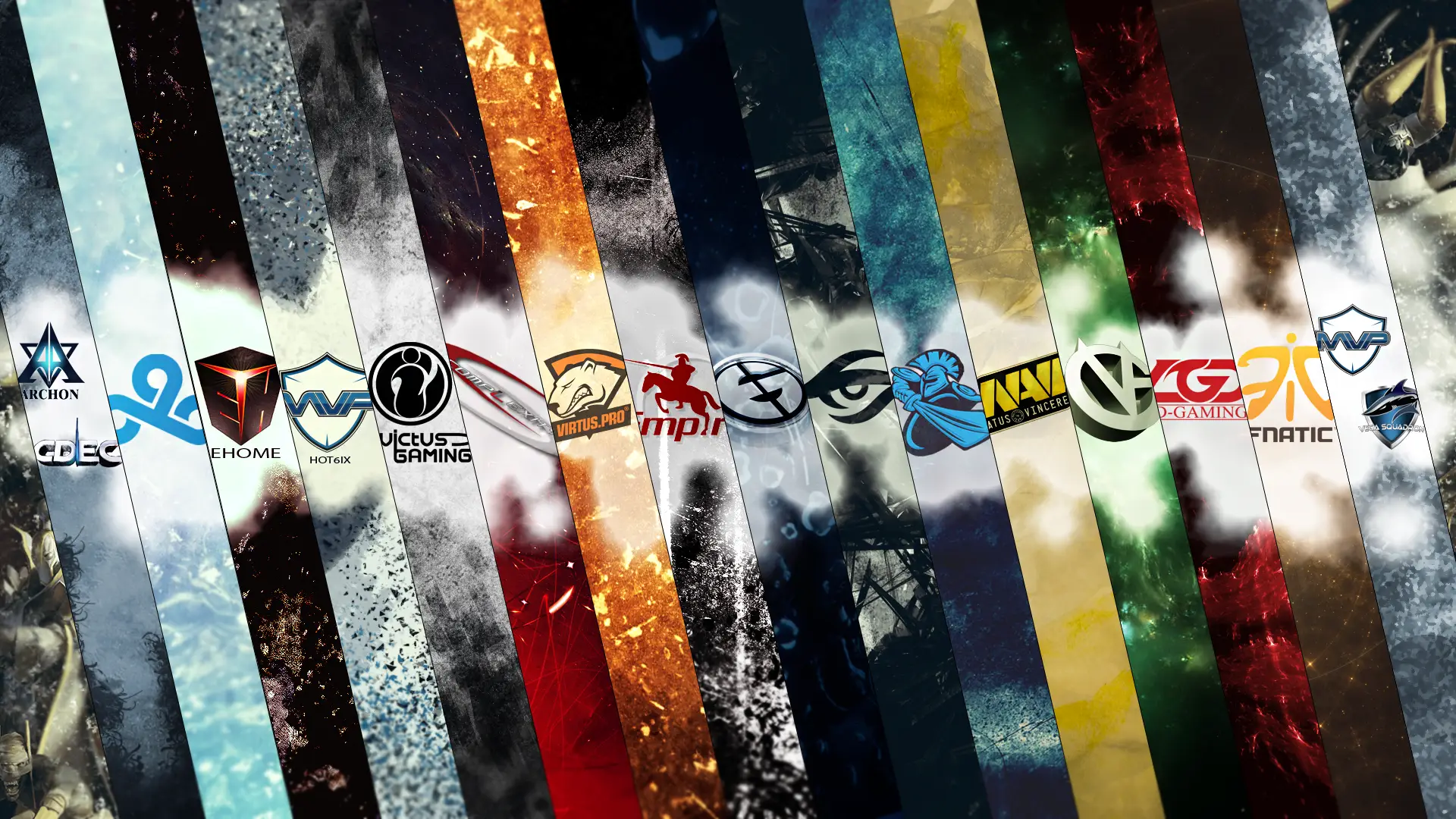The history of cybersport has known many bright and significant events, but one of the most outstanding phenomena is Dota 2 tournaments. Since its inception, this game has ceased to be just an entertainment platform and has become a real arena for the best from all over the world. From the first amateur competitions to mega-tournaments with millions of dollars in prize money, competitions have become an integral part of the cybersport culture.
How It All Began: The First Dota 2 Tournaments
From the very beginning, Dota 2 tournaments were friendly gatherings organised by enthusiasts who wanted to test their skills in collective battles. The first tournaments, such as Dota 2 Beta Tournament 2011, gathered small groups of participants, where the main participants were fans of the game. Prize funds often did not exceed several thousand dollars and were formed by voluntary contributions of participants and rare sponsors.
The first major tournament – The International 2011 – was organised by Valve itself to announce the game at Gamescom. It became a turning point in history, with a prize pool of one million dollars. The competition gathered 16 top teams from all over the world, including the legendary Na’Vi, Invictus Gaming and EHOME. Na’Vi won, which was the beginning of their legendary journey.
Examples of first steps
In 2010-2011, when Dota 2 was just entering the closed beta phase, many local tournaments were organised. They were often held on unofficial platforms like Garena and supported by fans. Even such modest competitions generated a lot of interest, as they offered a chance to showcase skills and gain recognition from the community.
Dota 2 leagues: a step towards professionalism
The next step in the development of Dota 2 tournaments was the emergence of leagues: professional leagues, such as StarLadder, began to form after the success of The International. StarLadder, founded in 2012, gave professional and semi-professional teams the opportunity to compete on a regular basis. Prize pools have increased and the conditions for participants have become more comfortable.
StarLadder and others, such as DreamLeague, ensured the continued growth of cyber sports by attracting more teams and sponsors. These leagues have contributed to the professionalisation of players – they have started to train on a regular basis and live cybersport.
The impact of leagues on the professional scene
The emergence of the first leagues changed the career prospects of gamers. Thanks to StarLadder, players such as Dendi and Puppey became famous and were able to achieve success. The formation of leagues led to the creation of the first expert teams that received salaries and sponsorship. This allowed participants to focus on training and competition, which raised the level and made cybersport a real profession.
Cups and championships: the evolution of Dota 2 competitions
 As Dota 2 tournaments grew in popularity, full-fledged cups and championships began to appear. ESL One became an important stage in preparing teams for more serious competitions such as The International. The first international championship organised by ESL in 2014 brought together teams from all over the world and demonstrated the rapidly growing interest in Dota 2.
As Dota 2 tournaments grew in popularity, full-fledged cups and championships began to appear. ESL One became an important stage in preparing teams for more serious competitions such as The International. The first international championship organised by ESL in 2014 brought together teams from all over the world and demonstrated the rapidly growing interest in Dota 2.
The prize pools of the tournaments also played an important role in their development. For example, ESL One 2014 had a prize pool of $150,000, which was a huge step forward for cybersports at the time. Since 2014, cups and championships have become regular and many countries, including China and the US, have started hosting major tournaments, which has greatly expanded the audience.
Tournament partners and sponsors
Partnerships with big brands like ASUS and Monster Energy have played an important role in the development of Dota 2 cups and championships. These companies provided technical equipment and financial support, which helped to increase prize pools and make the competitions bigger. Teams felt more confident thanks to the support of major partners.
Major and Minor: a new era of professional tournaments
Valve introduced Major and Minor tournaments in 2015, marking a new milestone in the professional tournament scene. The Frankfurt Major and Shanghai Major immediately became important events due to the large prize pools and participation of the best teams in the world. While Minor tournaments gave young Dota 2 teams a chance to make a name for themselves on the international stage.
The first Major winners were OG, who won the Frankfurt Major in 2015, showing unique strategy and teamwork. These competitions were also held in Russia, including EPICENTER in Moscow, which was a real celebration for all Dota 2 fans in the region.
Tournament structure and selection process
The structure of Major and Minor tournaments involved several stages of selection:
- Regional Qualifiers. Held in each key region such as Europe, North America, China and others to identify the strongest teams in each zone.
- Open Qualifications. Any team, including non-professional teams, could take part in these qualifications for a chance to qualify for the main stage.
- Main Tournament. The final stage, where the best of the best, who had passed all the stages of selection, got in. Here teams fought for the main prize and world recognition.
Teams from all over the world fought for places in these tournaments, and only the best of the best made it to the main roster. This system maintained a high level of competition and incentivised participants to constantly improve in order to meet the high demands.
The International: a celebration of cybersport
The International has become the most prestigious event in the world of Dota 2. The first tournament in 2011 was just the beginning: in 2019, the prize pool exceeded $34 million, making it the largest cybersport event in terms of prize money in history. The tournament brought together the best in the industry from all over the world, and every game turned into a real show.
How do Dota 2 tournaments at The International level work? It all starts with the regional qualifiers, where hundreds of teams compete to qualify for the main event of the year. The final stages take place at the major arenas Rogers Arena in Vancouver or Mercedes-Benz Arena in Shanghai, attracting tens of thousands of spectators and millions online.
Legendary matches and big moments
Throughout the years of The International, there have been many legendary matches. For example, in 2013, Alliance faced Na’Vi in the final: the game made history thanks to a unique split-push strategy that brought Alliance victory. These moments show the complexity and beauty of Dota 2, where every mistake or brilliant move can change the game.
From dream to reality
 Dota 2 tournaments have come a long way from modest local matches to multi-million dollar world-class shows. The path was made possible thanks to the efforts of players, organisers and sponsors who believed in the potential of the project. Today everyone can try their hand at eSports: start with local tournaments, train, participate in open qualifications. There are plenty of resources, such as Dota 2 Academy, to help you improve your skills and prepare for the professional scene.
Dota 2 tournaments have come a long way from modest local matches to multi-million dollar world-class shows. The path was made possible thanks to the efforts of players, organisers and sponsors who believed in the potential of the project. Today everyone can try their hand at eSports: start with local tournaments, train, participate in open qualifications. There are plenty of resources, such as Dota 2 Academy, to help you improve your skills and prepare for the professional scene.
 en
en  de
de  ar
ar  es
es  nl
nl  hi
hi  fr
fr  it
it  pt
pt  el
el 










